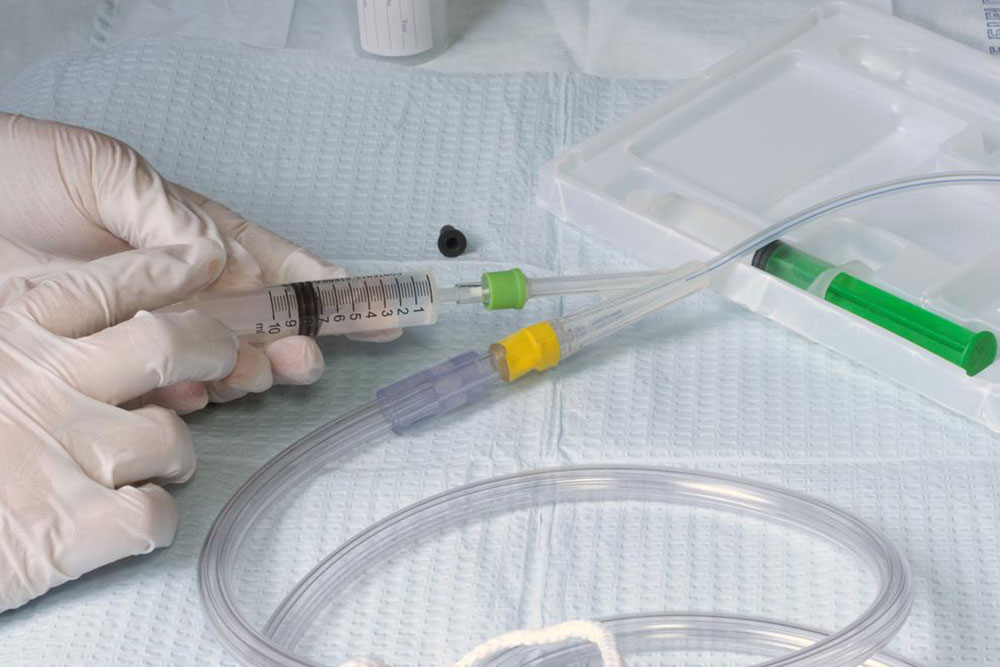Complete Guide to Urinary Catheters: Types, Uses, and Care
This comprehensive guide explores urinary catheters, detailing their types, uses, potential risks, and proper care methods. It emphasizes the importance of choosing the right catheter for each patient, maintaining hygiene, and understanding possible complications. Whether for temporary or long-term use, urinary catheters are vital in managing urinary health problems effectively, improving patient comfort and safety. The article provides valuable insights for patients, caregivers, and healthcare professionals to ensure proper catheter use and minimize risks.

A Detailed Overview of Urinary Catheters and Their Role in Medical Care
The human body's urinary system is vital for removing waste and maintaining overall health. However, various medical conditions, injuries, or age-related issues can impair normal bladder function, leading to challenges in urination. When such problems occur, medical professionals often rely on urinary catheters to assist and ensure proper urine drainage, preventing complications like infections or kidney damage. This comprehensive guide explores everything you need to know about urinary catheters, including their types, uses, benefits, potential risks, and proper care methods.
Understanding Urinary Catheters: What Are They?
Urinary catheters are flexible, sterile tubes designed to evacuate urine from the bladder when natural urination isn't possible. They serve as crucial devices in various healthcare settings, including hospitals, nursing homes, and at home for long-term management. These devices are crafted from different materials, such as silicone, rubber, and PVC, to suit individual patient needs and comfort. The primary purpose of a urinary catheter is to allow urine flow into a collection bag, which can be easily emptied and monitored by healthcare providers or caregivers.
Urinary catheters are employed when individuals are temporarily or permanently unable to urinate naturally due to various medical issues. Conditions such as urinary retention, incontinence, prostate enlargement, spinal cord injuries, bladder obstructions, neurological disorders like dementia, or congenital abnormalities like spina bifida necessitate the use of these devices. They play a vital role in maintaining bladder health, preventing urinary blockage, and reducing the risk of kidney infections caused by urine buildup. Proper application and maintenance are critical for ensuring safety and effectiveness.
Different Types of Urinary Catheters for Men and Their Uses
Healthcare professionals select specific types of catheters based on the patient's condition, lifestyle, and the expected length of use. The main categories include external, indwelling, and short-term catheters. Understanding these types helps in choosing the most appropriate device for each individual, thereby enhancing comfort, reducing complications, and improving quality of life.
External (Condom) Catheters
External, or condom catheters, resemble a condom that fits snugly over the penis, directing urine into a connected drainage tube leading to a collection bag. This non-invasive option is often recommended for men with urinary retention issues, neurological impairments, or mobility difficulties. External catheters are praised for their comfort and low infection risk, making them suitable for long-term use. They require daily inspection and replacement but are generally well-tolerated, allowing men to maintain a degree of independence and dignity.
Indwelling Catheters (Urethral and Suprapubic)
Indwelling catheters are inserted into the bladder via the urethra or through a small surgical site in the abdomen, known as a suprapubic catheter. These devices are secured in place with a small balloon inflated at the tip to prevent movement. They are typically used for patients who need continuous bladder drainage for extended periods, such as after surgeries or in chronic conditions. Because they remain inside the body, indwelling catheters require diligent hygiene and regular monitoring to prevent infections and other complications.
Short-term (Intermittent) Catheters
Designed for temporary use, intermittent catheters are single-purpose devices used to empty the bladder periodically. They are often utilized during medical procedures or for short-term medical management. These catheters are inserted into the bladder through the urethra or directly into the abdomen and are removed immediately after this task is completed. Multiple designs exist, including straight and hydrophilic types, which minimize discomfort and ease insertion. Proper training on insertion and hygiene can significantly reduce infection risks associated with this type of catheter.
Potential Risks and Complications from Catheter Use
While urinary catheters are essential medical devices, their improper use or prolonged application can lead to several health complications. The most common issue is urinary tract infections (UTIs), which can occur if hygiene protocols are not strictly followed. Allergic reactions to catheter materials, bladder stones, urethral injuries, or damage to the kidneys can also arise from misuse or neglect. Blood in the urine (hematuria) and urethral irritation are additional concerns. To mitigate these risks, healthcare providers emphasize proper insertion techniques, sterile handling, regular monitoring, and timely replacement or removal of catheters.
In summary, urinary catheters are indispensable tools in modern healthcare. They help manage complex urination problems efficiently, reducing discomfort and preventing serious complications. With proper usage, hygiene, and regular medical oversight, urinary catheters can significantly enhance patient outcomes, safety, and quality of life.





